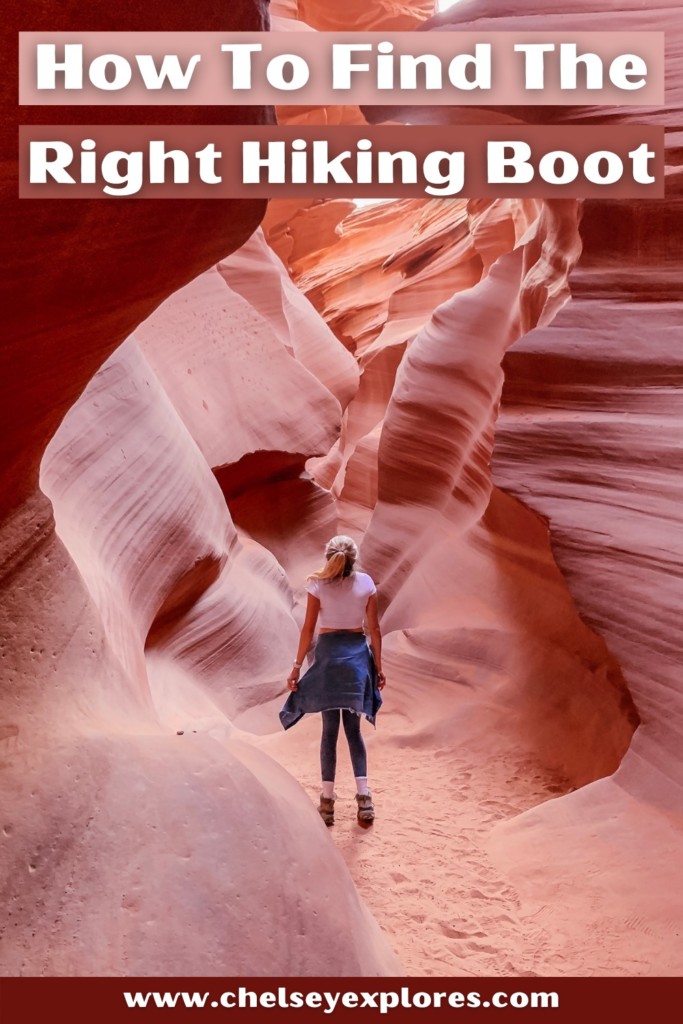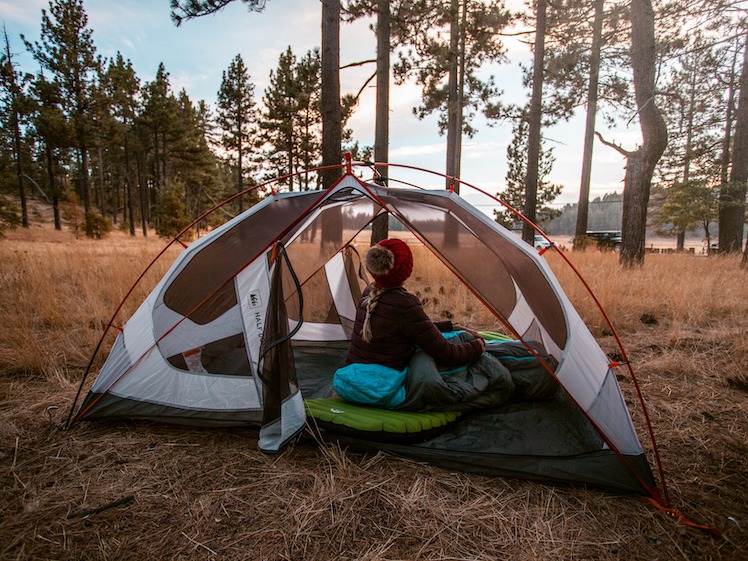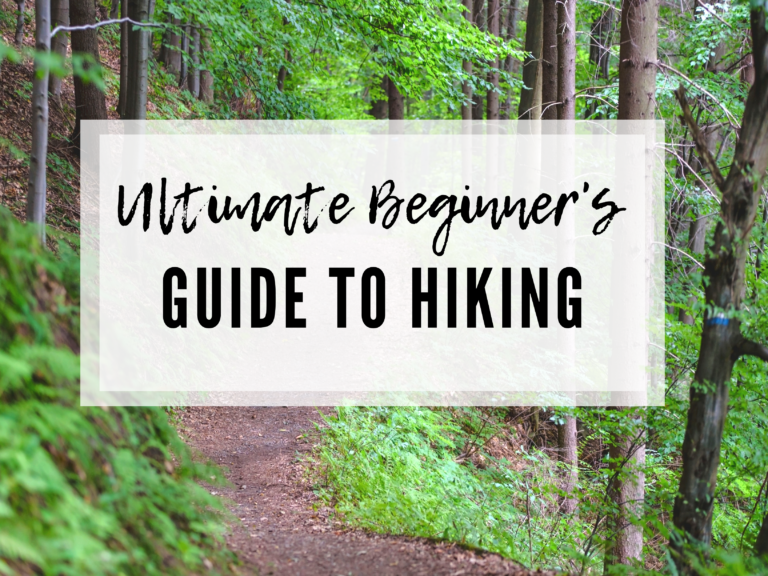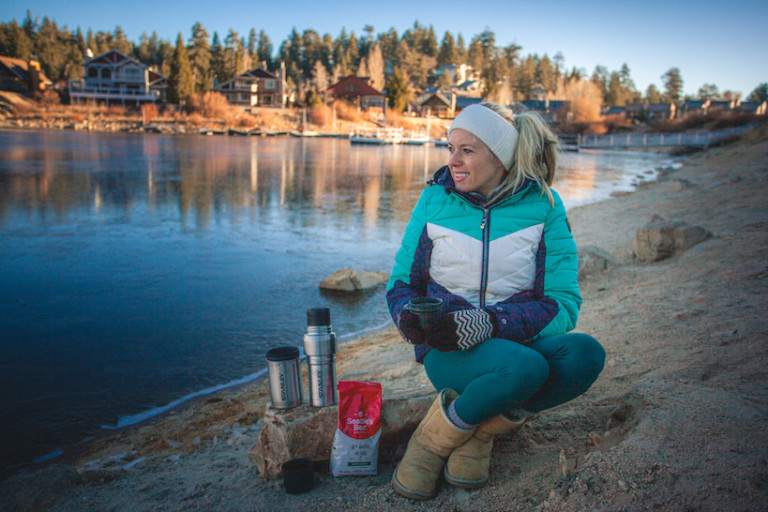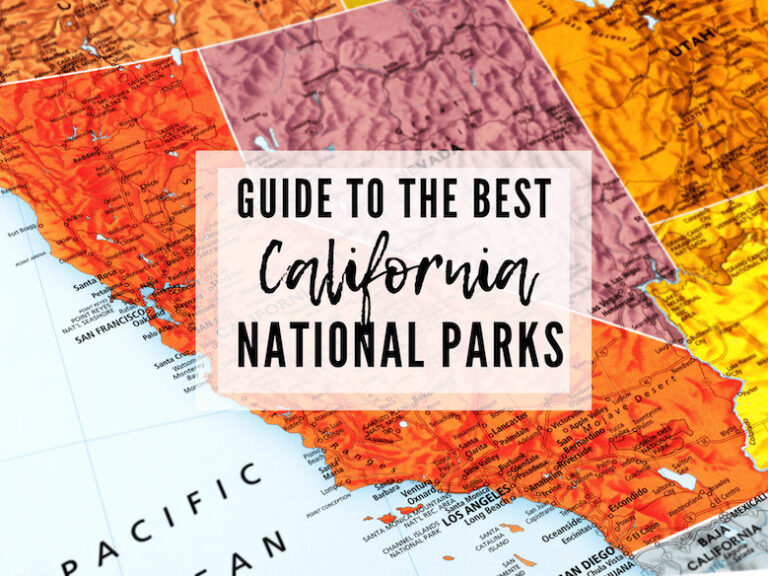GUIDE TO FINDING THE RIGHT HIKING BOOTS PERFECT FOR YOU
Post Summary: A breakdown to finding the right hiking boots for YOU
If you spend a lot of time hiking outdoors, then you already know how important it is to find the right hiking boots. You don’t want to have your adventure ruined by sore feet, blisters, or a rolled ankle, but how do you choose the right hiking boots for your needs?

There are quite a few things that you should take into consideration when looking for the right hiking boots. So, let’s talk about them so you find the perfect pair for your needs.
FINDING THE RIGHT HIKING BOOTS
There are several different types of hiking boots for you to choose from. Depending upon where you live and the terrain you hike through regularly, you may find that need more than one pair to fit your needs, especially if you hike in different seasons.
Some hiking boots are not boots at all, rather they are more like athletic shoes, these shoes are known as trail runners. Let’s start here first before getting into the details of what you may think of as your typical hiking boot.
Trail Runners
Trail runners are a popular choice for hikers as they come in a wide range of colors and styles. They are more lightweight than hiking boots and don’t require as much breaking in as traditional hiking boots do.
Trail runners are often the choice of those who are just starting their journey down the trail because finding a great fit is easier and they are less expensive than boots.
Trail runners can be worn in wet or dry conditions provided that there is no snow or extremely cold temperatures. Some trail runners are waterproof, but many of them are not, and this is good in the right conditions.
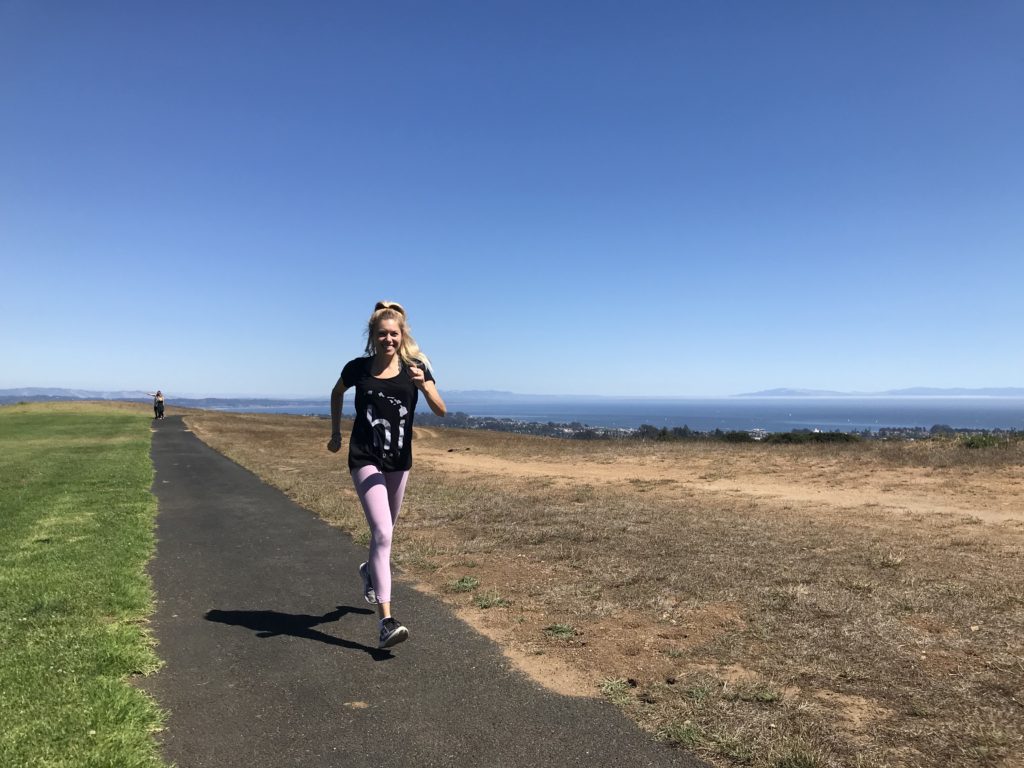
In warm weather conditions even if you encounter water on the trail the light material will dry more quickly than boots would. However, typically trail runners tend to offer the least amount of support and durability.
Trail Runners can be broken down into three main categories: light trail, rugged trail, and off-trail. For a full guide on the difference between all these trail running shoes check out this informative article from REI.
Or if you aren’t sure what shoe is right for you then do this shoe quiz from On Running to help you determine which shoe may be best for you.
I personally don’t do much trail running myself (although this may change as my husband says he would hike with me more if we ran the trails haha) therefore, I don’t personally have a good recommendation on a shoe.
However, my good friend Brooke Willson is a huge trail runner and recommends the shoe seen below for summer light trail running. They are from On Running and called the Cloudflyer.
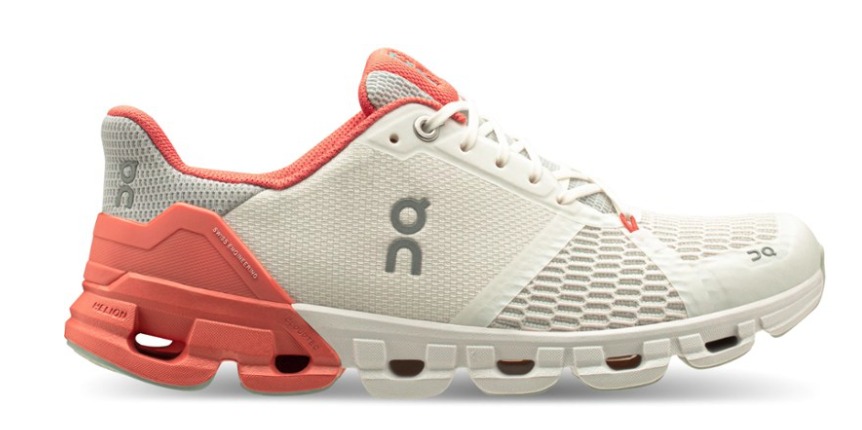
If trail runners are not the hiking shoe that you are looking for, or if you need something more durable for rougher terrain there are a few questions that you should ask yourself before you start trying on hiking boots.
What type of boot cut do you prefer?
Hiking boots come in a variety of different cuts including low, medium, and high so you will need to decide which one is the most comfortable for you. Choosing hiking boots with the wrong cut for your needs can cause discomfort and even injury.
Low Cut
Low-cut hiking boots are less clunky and lighter weight than the mid or high-cut options. They are similar to trail running shoes but offer more sturdiness.
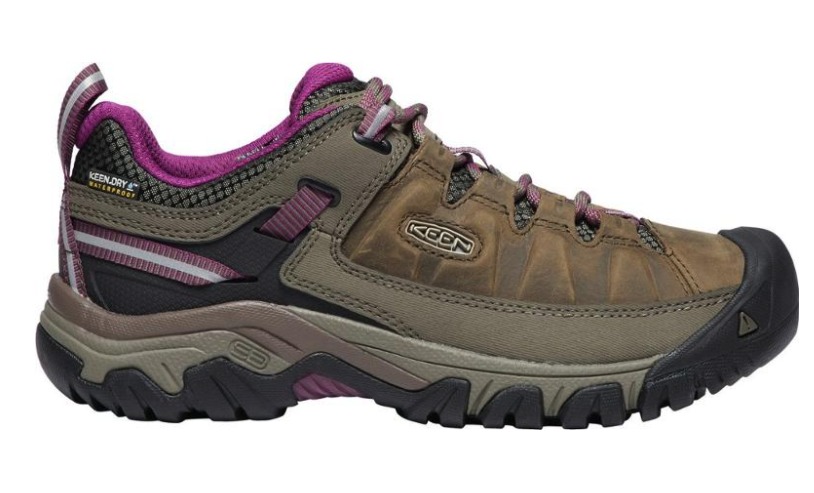
The KEEN Targhee Boots are a great option. I love my KEENS and will always recommend them. They take up less space in your pack and are cooler than the other two options. If your feet stay hot, or if you are hiking in a warm climate low cut hiking boots might be the choice for you.
Low-cut hiking boots are best for when you are going to be hiking on established and well-maintained trails. The downside to low-cut boots is that they don’t offer any ankle protection, which can lead to a rolled ankle in rocky terrain.
Mid Cut
Mid-cut hiking boots offer more stability for your ankles and some protection from brush and other debris that you might encounter on the trail. Is there anything worse than getting dirt or rocks inside of your boots?
They are also a happy medium in between low-cut and high-cut hiking boots.
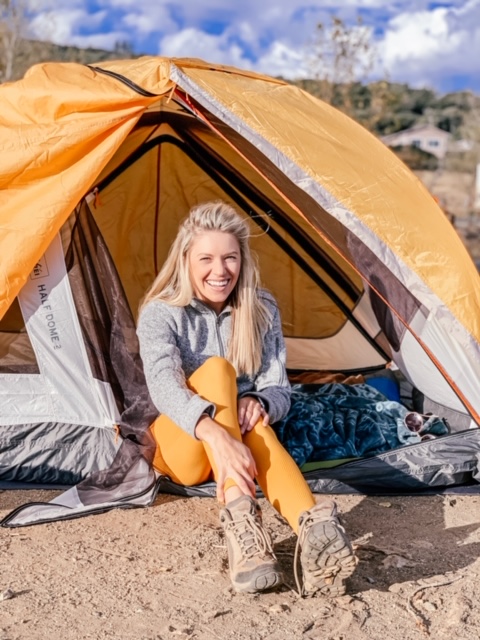
High Cut
High-cut hiking boots offer the most support for your ankles and they help to keep rocks and other debris out of your boots. They also offer a great deal of foot support if you are carrying a heavy load or are new to hiking.
I recently purchased the Timberland Ellendale’s and LOVE them. They are super cute, but also super comfortable. I would highly recommend them. I also have the KEEN Terradora boots and they are just as wonderful
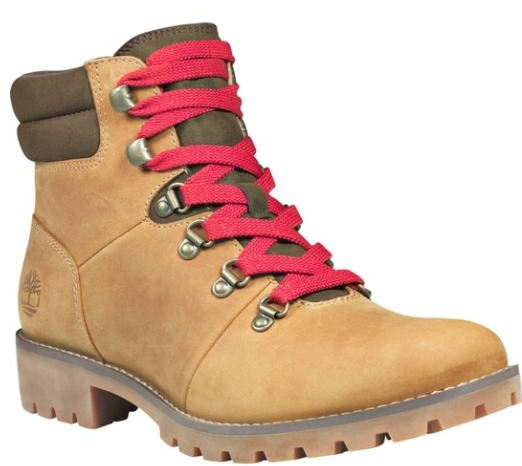
High-cut boots would also be a great choice if you are going to be hiking in areas with snakes, very rocky terrain, thick brush, or cacti.
Do you need waterproof boots?
Another consideration when trying to choose the right hiking boots for your needs is whether or not they need to be waterproof. Waterproof boots are good for hiking in damp terrain, crossing streams, hiking in snow, and in colder climates.
One downside to waterproof boots is that if you get water in them from the top the water will stay in and not seep out over time. This con can be managed however by wearing breathable, quick-drying socks, or gaiters around the top of your boots to keep water out.
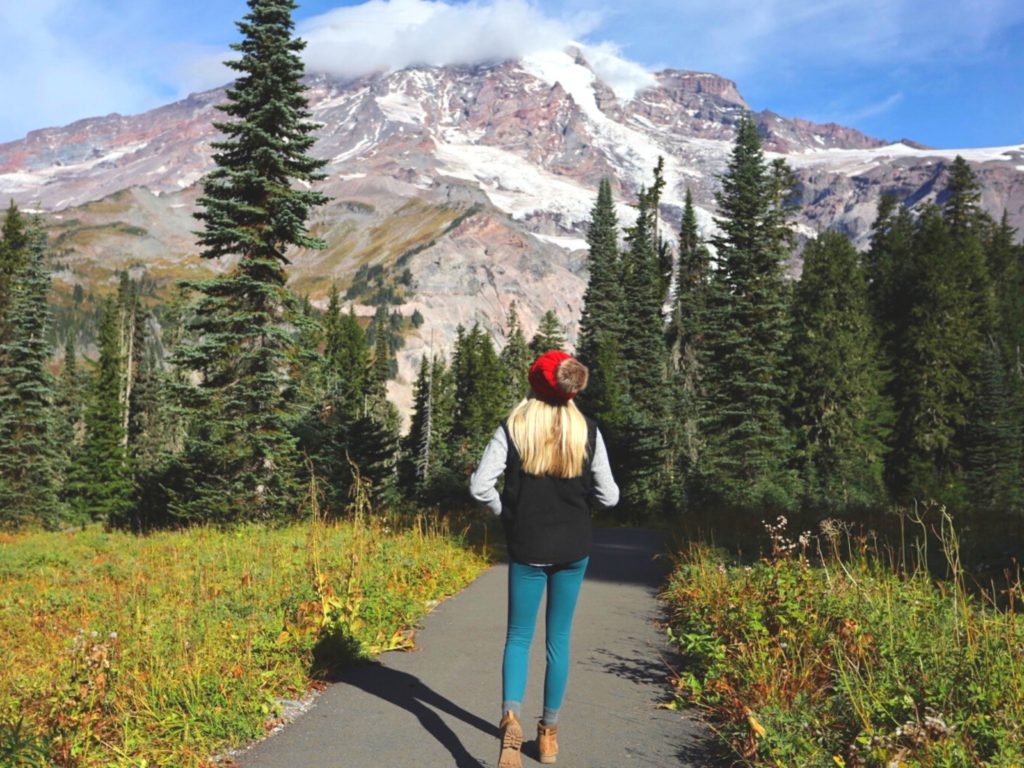
Hiking boots or shoes that aren’t waterproof have their pros and cons too. Boots or shoes without waterproofing will dry very quickly, are very lightweight, are more breathable, and are generally less expensive than their waterproof counterparts.
The cons of hiking boots without waterproofing are that they are not good for cold weather hikes because they aren’t insulated, and you can’t wear them in snowy conditions without risking frostbite. Make sure to check out some other cold-weather tips specifically for camping.
Before You Hit the Trail
You finally decided on your perfect hiking boots, but it isn’t time to hit the trails just yet. Before wearing them on the trail make sure that you spend some time breaking them in. Wear your new boots while running errands or on a walk around the block before planning to wear them on an extended hike.
Make sure that you wear the right type of socks when breaking in your boots, and while hiking. Just like your boots might change with the season, the types of socks you wear may also change.
You should be wearing your trail socks when you try on your hiking boots at the store, and it is usually best to try on hiking boots at the end of the day when they are naturally prone to swelling.
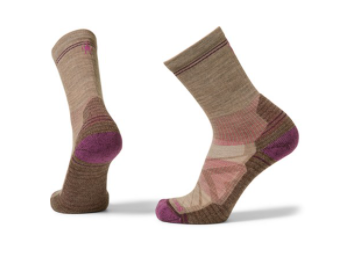
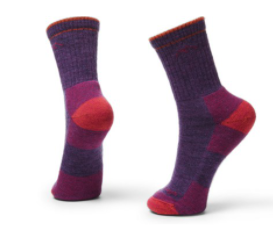
I used to be against hiking socks, but then I caved and I will never go back. I highly recommend hiking in Merino Wool socks. They are moisture-wicking and breathable. I tend to buy socks from Darn Tough or Smart Wool.
Keep in mind that the size of your hiking boots might not be the same size as your other types of shoes. You will want to buy hiking boots for fit and comfort, not for the size number on the bottom of them. Hiking boots don’t always fit the same way that athletic shoes do.
If you can only afford one pair of hiking boots even if you hike in a variety of seasons and terrains your best choice would be a lightweight waterproof hiking boot. Your feet may be a little warmer in the summer months, but that is better than freezing your toes off cold and rainy conditions.
Final Thoughts from your Outdoor Loving Girl
Finding the right hiking boots for your needs may take a little longer than buying a new pair of athletic shoes.
You will be glad that you took the time to find the perfect fit and style for your hiking needs.
Do you have any other tips to share about finding the right hiking boots?
Find this post helpful? Pin it for later!
